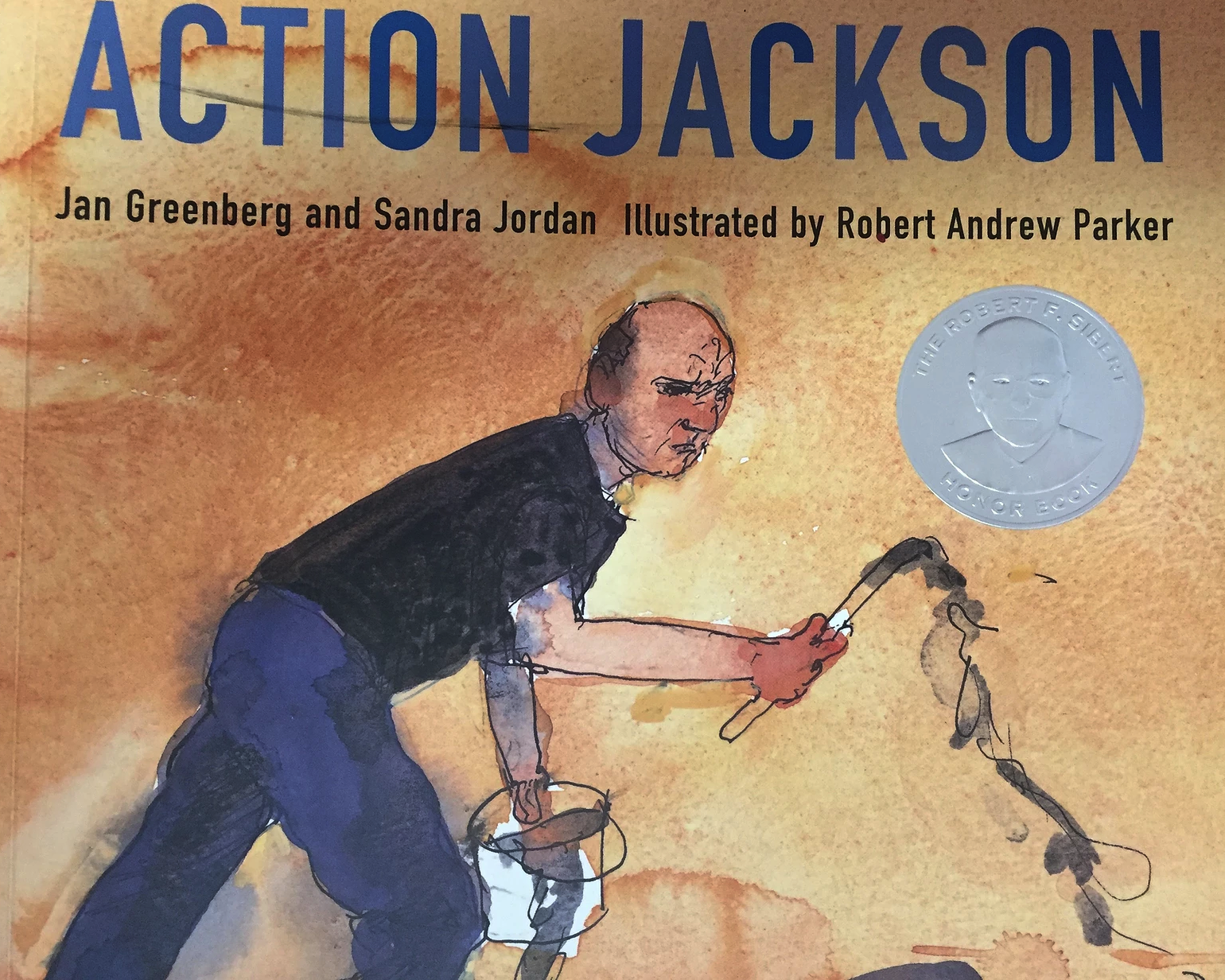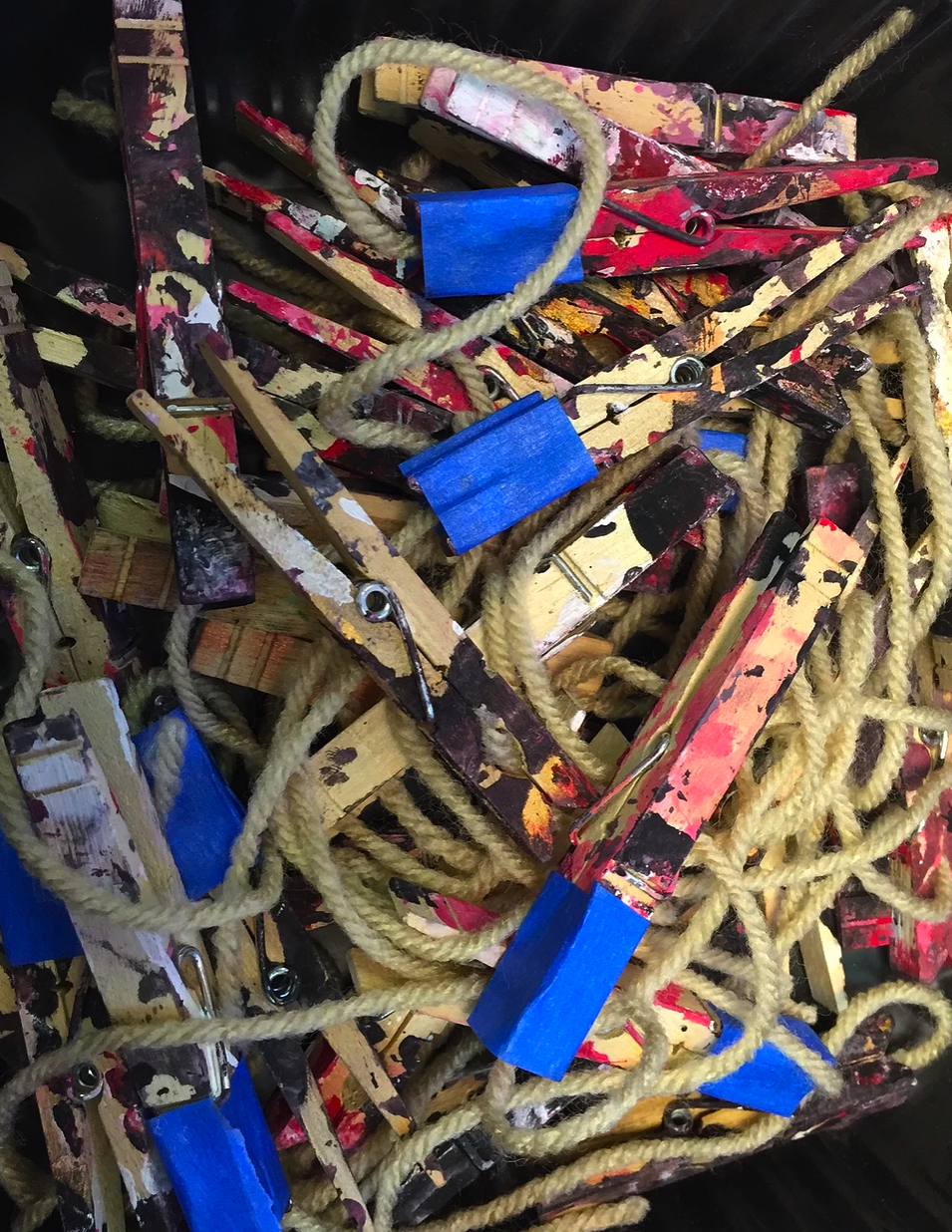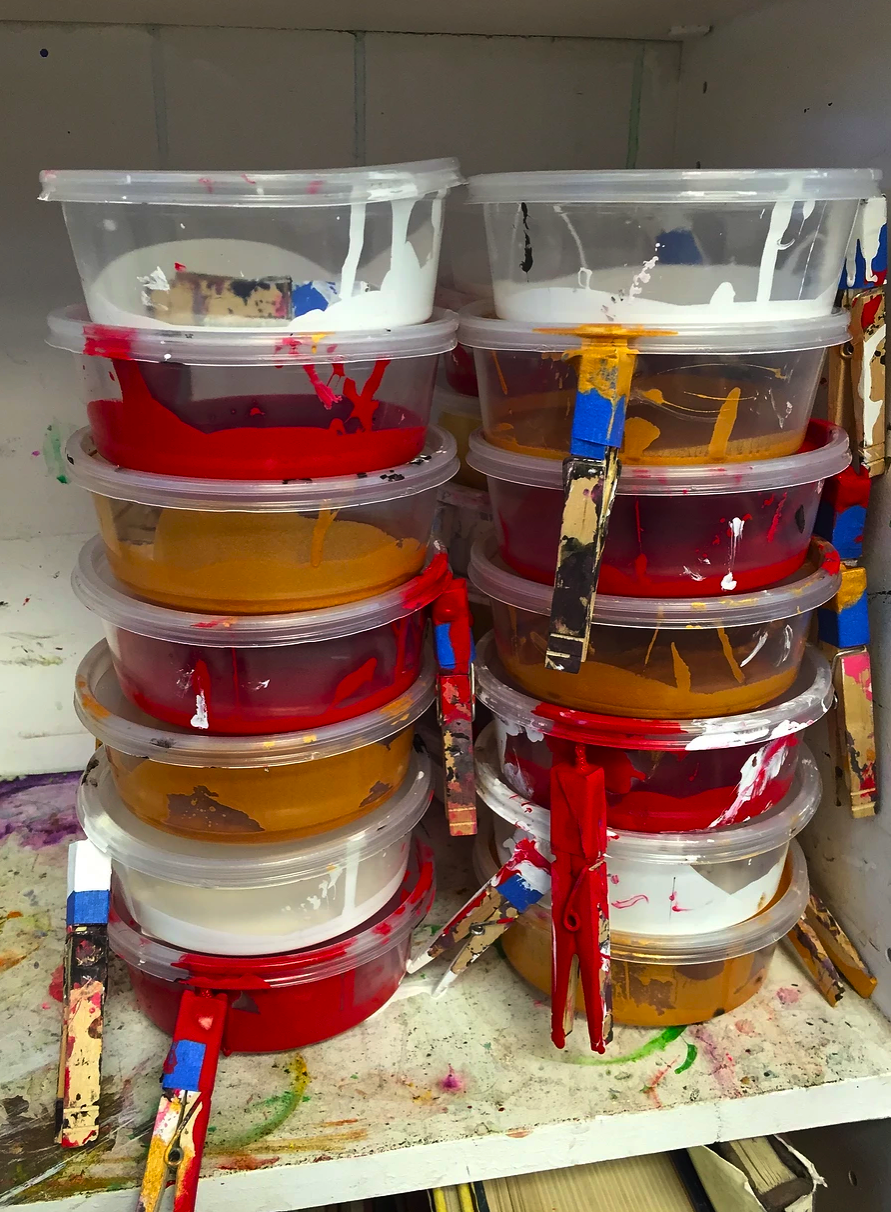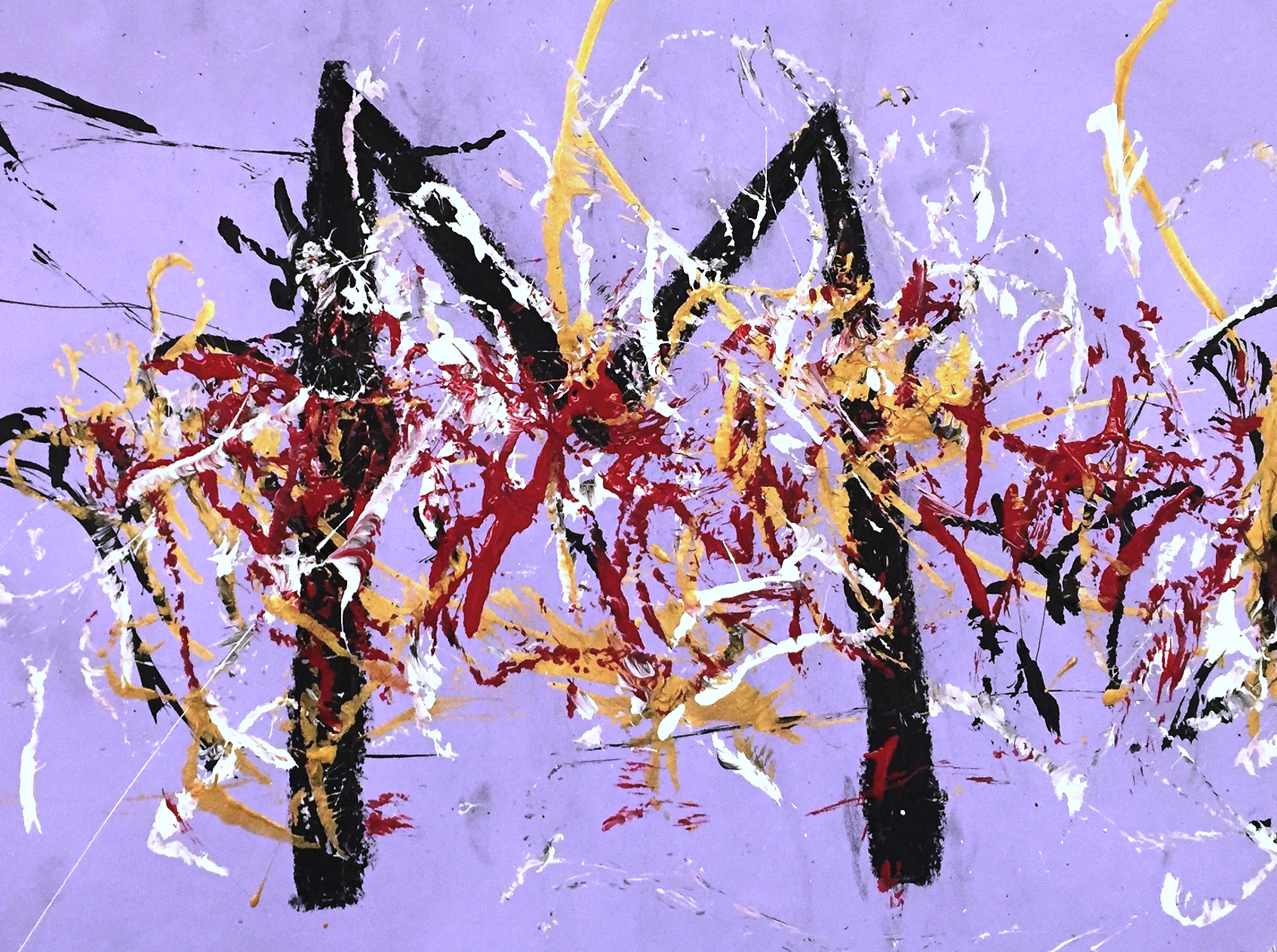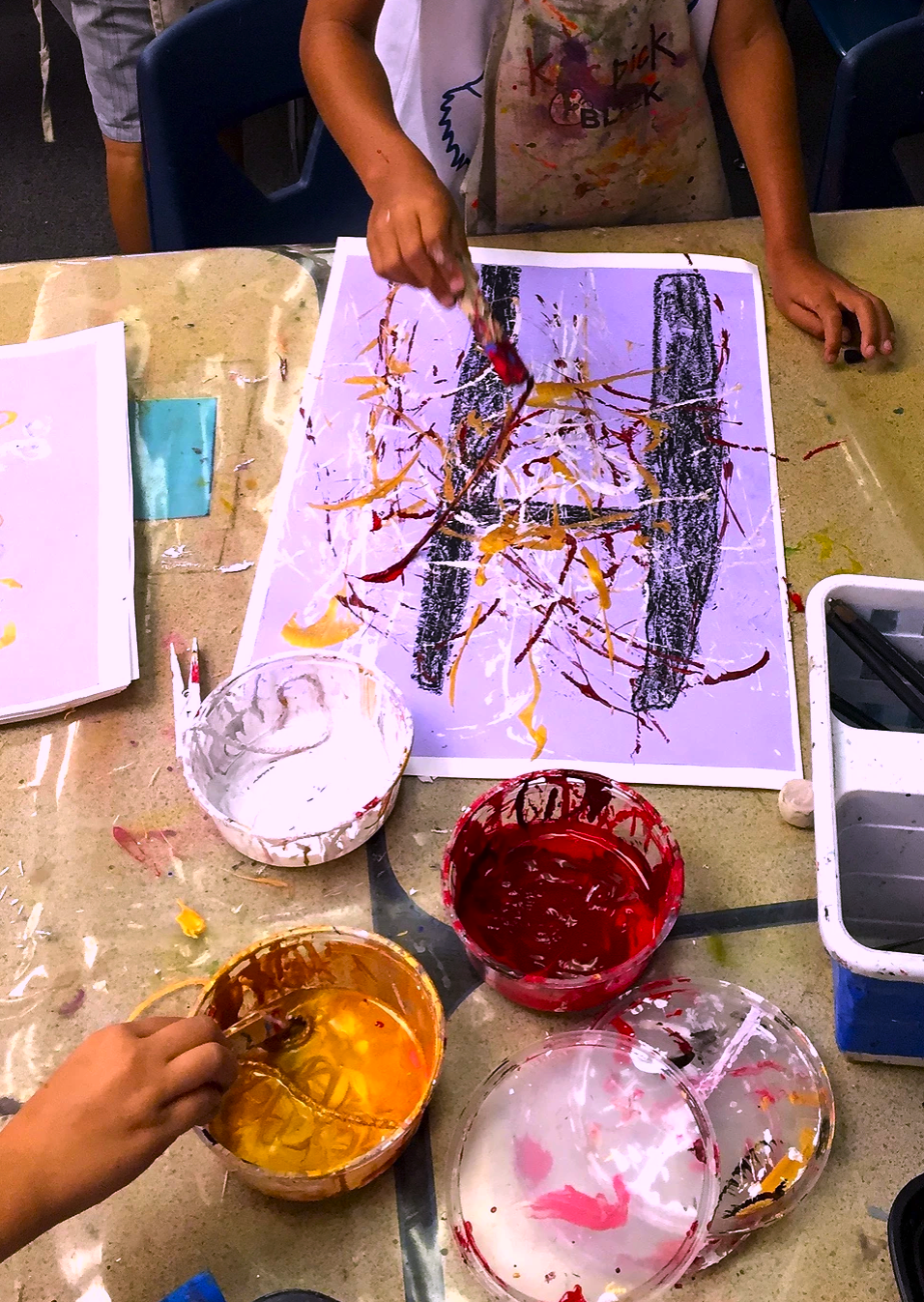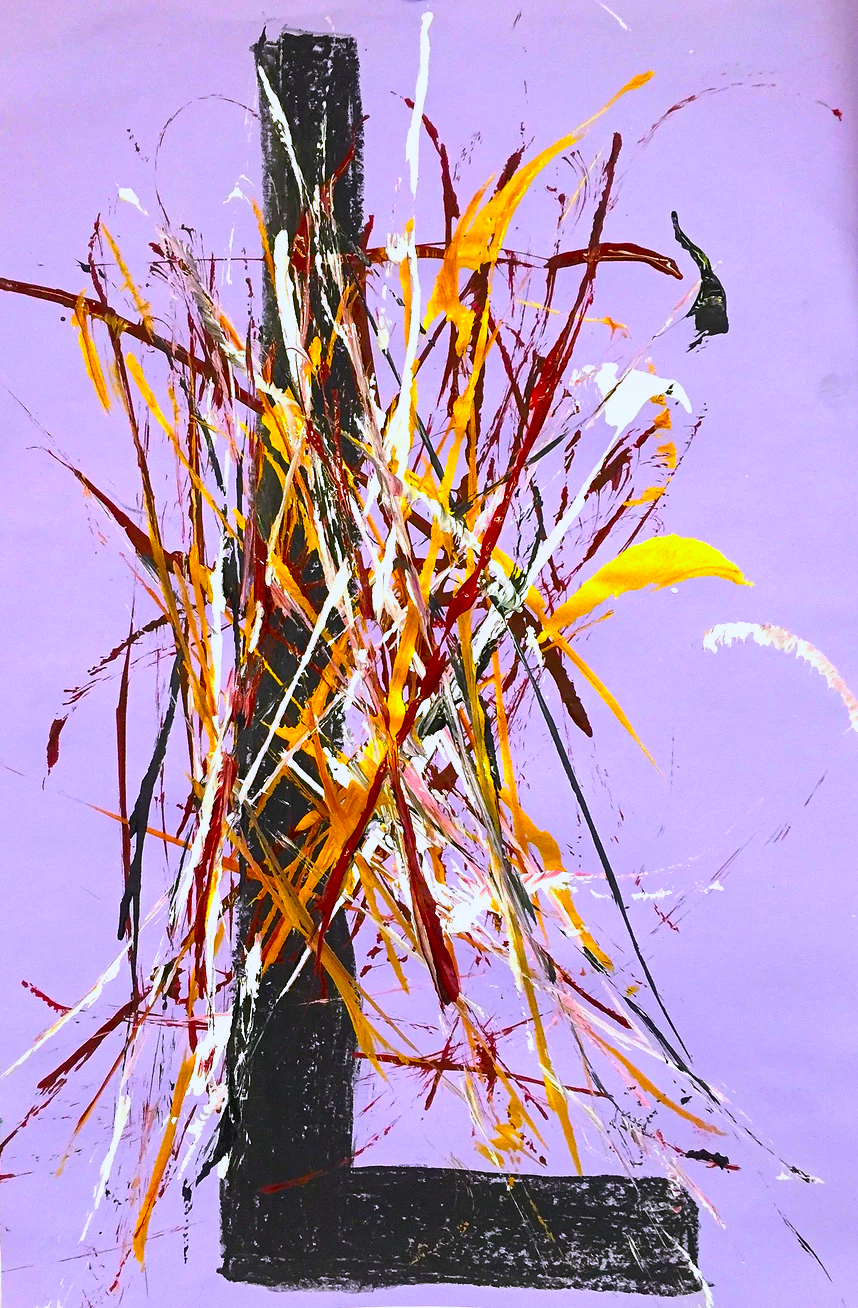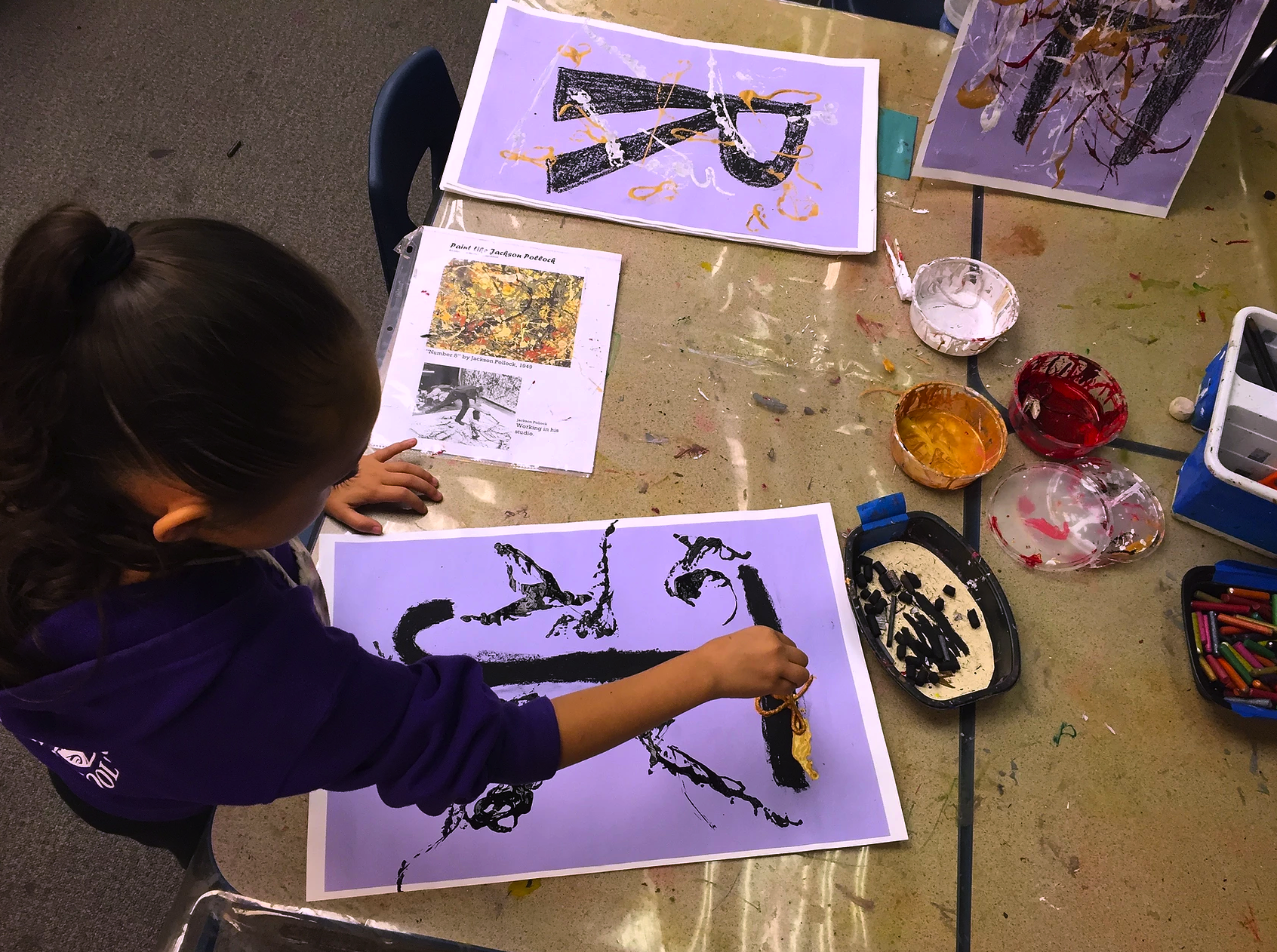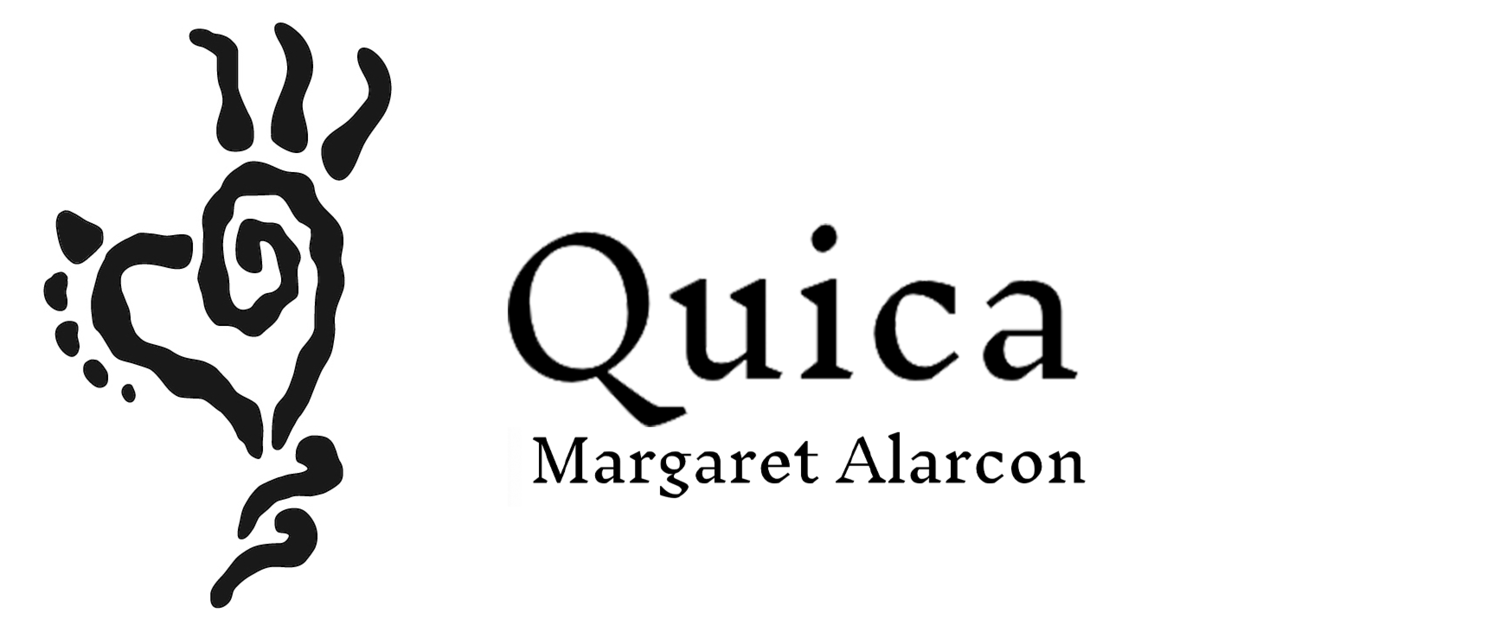1st Grade-Pollock Abstract Letters
This one hour art lesson I designed that was inspired by Patty Palmer of Deepspacesparkle.com. This lesson can get very messy and I was opting to avoid it this year. But one of my students, Rex was looking forward to this lesson all year long. He'd pop up and ask me every month or so..."When do we get to do Jackson Pollock?" Last year there was paint and soggy paper everywhere- it was a mess but we had so much fun! I didn't have the heart to deny him. I figured there were others among my 123, first graders who felt similar....
So, I made some modifications to help students practice "knowing" when to stop splashing the paint around. I white glued 130 papers together for extra support for the paint (just in case) and it allowed an opportunity to frame the work very nicely. 80lb paper or higher is best. Then I readied all the paint (it should be thick not watery), yarn with clothes pins, oil pastel, pencils and paper towels, etc. So the Last month of school ended with my first graders and Jackson Pollock. We learned how to design block/bubble letters and then add the Pollock paint style to our letters just enough to practice BALANCE in our graphic design.
There is a picture book about Pollock's abstract action painting process called "Action Jackson" that I use to get them into the mood for this art process. The language in the book is really advanced for 1st grade so I improvised/shortened the story a bit. There is a Jackson pollock piece at the end so we can talk about abstract art. "Abstract art may not look like anything we see in the world but it might remind us of a memory, or an object or a place.”
I truly felt the lesson was very successful. My students had a great time by responding to the first letter of their names and began to truly think about how and when their next ORGANIC mark would play out on the GEOMETRIC shape of their letter. They used their intuition when making their art. Intuition is said to be the highest for of intelligence. Since students were challenge to exercise this intelligence, some expressions were calm or bold and some more carefully crafted. Most were well balanced and felt pretty sophisticated. Hanging the work to dry against the wall also allowed my students to see all the imagery they created as a group and I always enjoy when they ask each other questions about the solutions and discoveries they made.
